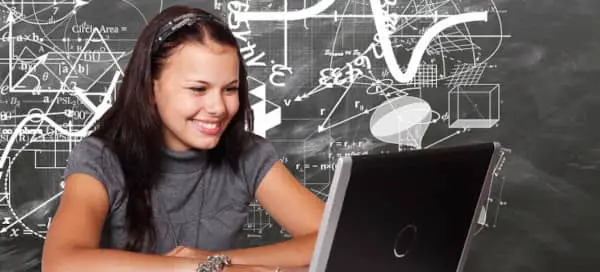What is Education 4.0? How is it related to the COVID-19 pandemic? This article connects Education 4.0 with the unexpected turn of events as a result of the environment created by the hardy coronavirus.
Education 4.0, as a school of thought, suddenly came forth with the COVID-19 pandemic. The only surefire way to avoid getting infected is for students to stay at home and have a good internet connection to link them with classmates, friends, and teachers. Venturing outside in face-to-face interaction could be a death sentence. An invisible enemy lurks in asymptomatic but COVID positive persons who may spread the disease unknowingly.
The Mad Scramble Towards Education 4.0
Much has changed in the educational landscape with the COVID-19 pandemic raging on. Schools scrambled to offer online classes to prevent the virus’ spread as face-to-face interaction is prohibited as part of the government’s precautionary measures.
With the onset of the pandemic, teachers and students have to adjust to the demand of the times. The faculty members from the educational system’s lowest level to higher educational institutions trained in various ways to deliver their lessons online. This model of delivery, in essence, is now Education 4.0.
What is Education 4.0?
Education 4.0’s main features include the use of technology-based tools and resources that change the direction of traditional teaching methods. Students enter their classrooms virtually, using the internet through Learning Management Systems (LMS) like Moodle, Blackboard, or Google Classroom, among other popular LMS. Nowadays, however, many other LMS became well-known for being user friendly. And the use of Zoom in online discussions has become commonplace.
While this may be a welcome change in the way students learn, digital technology’s adoption to build “virtual classrooms” came as a shock to many. Not everyone is ready for the change. Many still are not adept with computers and would prefer face-to-face interactions. There is always that innate hope that the pandemic will be over in a few more months, but time has shown that the virus’ spread is difficult to contain.
Originally, Education 4.0 was developed as a response to Industry 4.0, meaning an industry requiring professionals who underwent training for a digital service delivery mode as the internet brought countries closer. Interaction with businesses from other places need not require face-to-face interactions.
The Weaknesses and Dangers of Education 4.0
Although the digital mode of teaching has its advantages, the human touch has disappeared without face-to-face interactions. Students are no longer able to talk with their peers casually. Teachers could not see their students’ emotional response to their prompts, and emotional bonding, in general, fails to develop.
With only the four corners of the flat screen, it is next to impossible to capture a person’s three-dimensional totality. And this is the only thing that separates us from other animals. Emotion, the human touch, is lost. People have become just like the electronic machines – unfeeling, exact, cold, and precise.
It only takes a little imagination on how this focus on online learning will shape the next generation of learners. The effect is much more dramatic for those with a few or no one to assist them in their learning process.
How will an orphaned student cope with Education 4.0? How about the disabled students? How will children with broken families survive? How will the poor cope up with no additional funds to link with an internet connection? In general, how will the disadvantaged sectors of society adapt to the new normal imposed by the COVID-19 pandemic?
These questions are just the tip of the iceberg. Indeed, there are many issues to be addressed with the shift to digital education. Thankfully, humans are endowed with creative minds.
Positive Outlook for Education 4.0
Expression of love and care for effective student learning comes in the form of different modes of imparting education to the learners. Synchronous and asynchronous forms of educational module writing have come into being.
Synchronous means real-time interaction with the learners through software applications like Google Meet or Zoom takes place online. For those who cannot go online for lack of or poor internet connection, asynchronous modules in printed material or e-copies for laptops allow independent learning. The latter uses guideposts or directions for the learners to follow in a lesson presentation adhering to a conversational tone or a first person narrative.
Amazingly, man throughout history has hurdled challenges that get in the way. In any problem encountered just like the COVID-19 pandemic, there are always solutions if one adopts a positive attitude. There may be pains through the process, but with creative minds and consistent effort to improve one’s lot, better outcomes can be achieved.
Besides, a contagious smile from a learner evokes positive emotions that says everything is okay.



